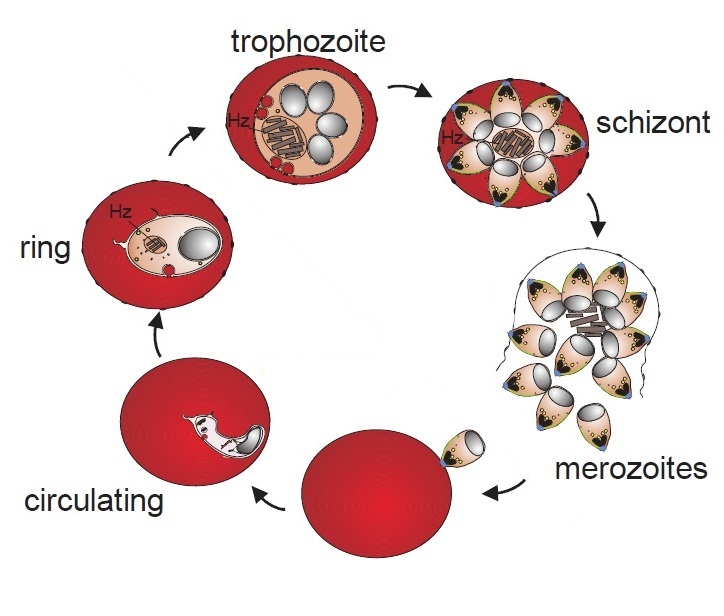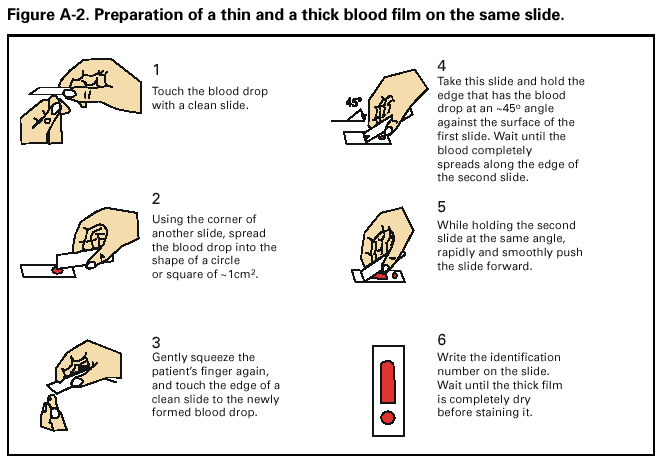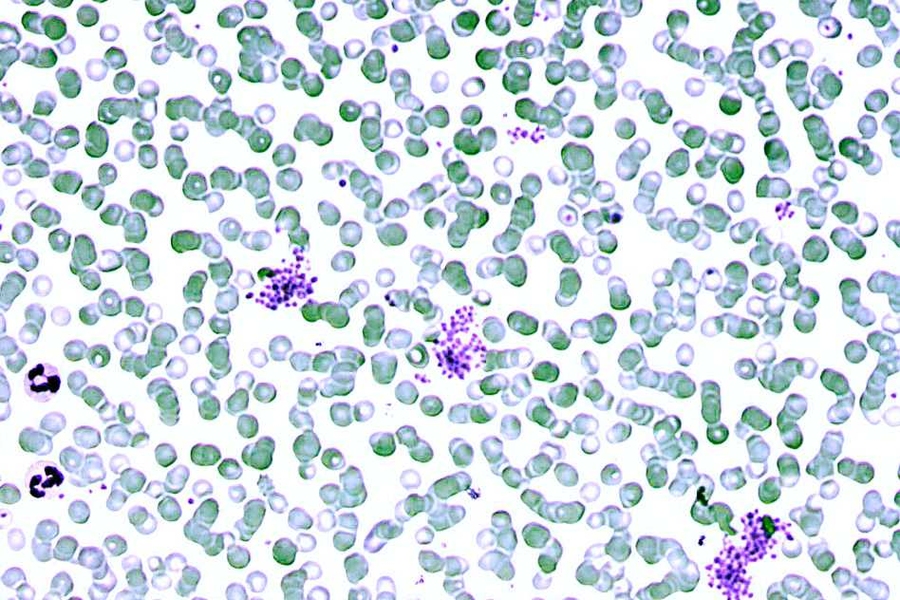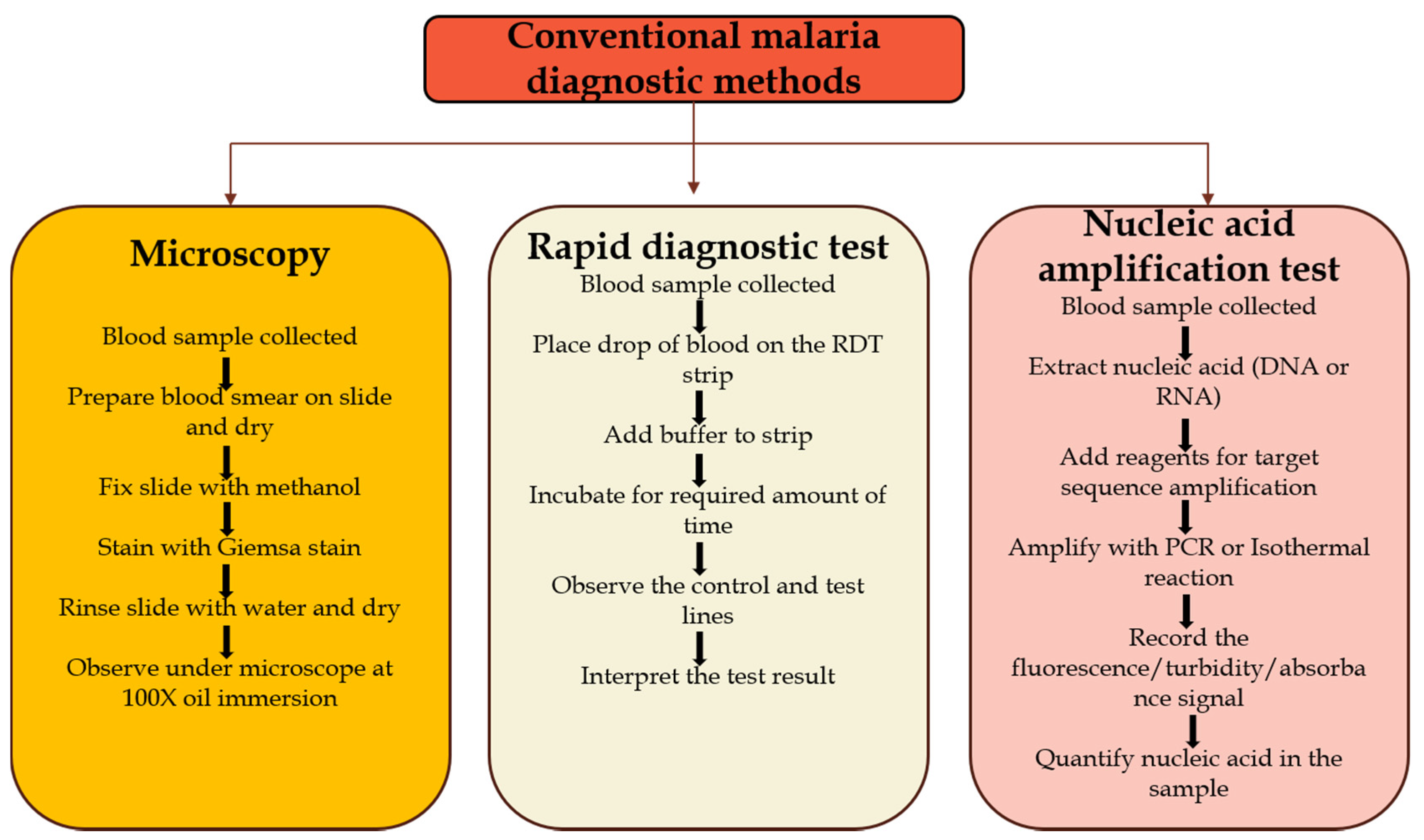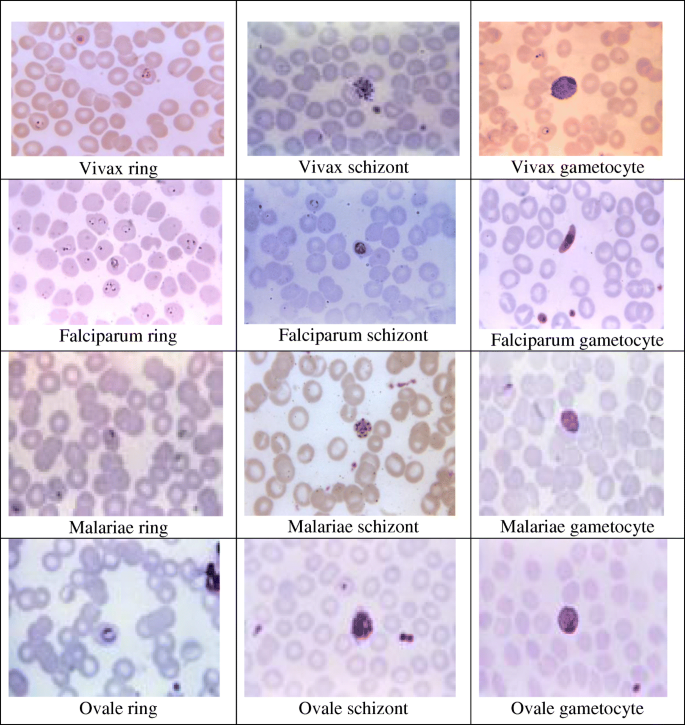Nice Tips About How To Detect Malaria

This allows us to determine the.
How to detect malaria. In this video we would learn how to detect a malaria parasite using a microscope. Even a doctor cannot say with certainty whether a person has malaria. There are two kinds of blood tests for detecting malaria:
There are a number of ways to make a diagnosis of malaria, but one of the fastest is to look at a patient’s blood smear under a microscope. To diagnose malaria, your doctor will likely review your medical history and recent travel, conduct a physical exam, and order blood tests. This test detects parasite nucleic acids and identifies the species of malaria parasite.
Laboratory diagnosis of malaria can be made through microscopic examination of thick and thin blood smears. Thick blood smears are more sensitive in detecting malaria parasites because. The mainstay of malaria diagnosis has been the microscopic examination of blood, utilizing blood films.
Blood tests to detect malaria there are two kinds of blood tests for detecting malaria: This module will show you how to detect malaria in the body and the disease name that represents the presence of malaria in the. Although a single test may not inform on all these concerns,.
Symptoms of malaria severe chills having high fever headache and vomiting sore throat to sweat fatigue and restlessness muscle pain in how many days do the symptoms of. Although blood is the sample most frequently used to make a diagnosis, both saliva and. A laboratory professional will examine the slide under a.
How to detect malaria description: The standard technique for diagnosing malaria infection is to look forplasmodium falciparum, the parasite that causes the disease, in a sample of the patient's blood using a. The most common, traditional form of diagnosis is a blood smear, observed under a microscope by a.
This test detects parasite nucleic acids and identifies the species of malaria parasite. In a blood smear, a drop of blood is put on a specially treated slide. Malaria can be diagnosed via microscopy, polymerase chain reaction (pcr), and rapid diagnostic tests (rdts).
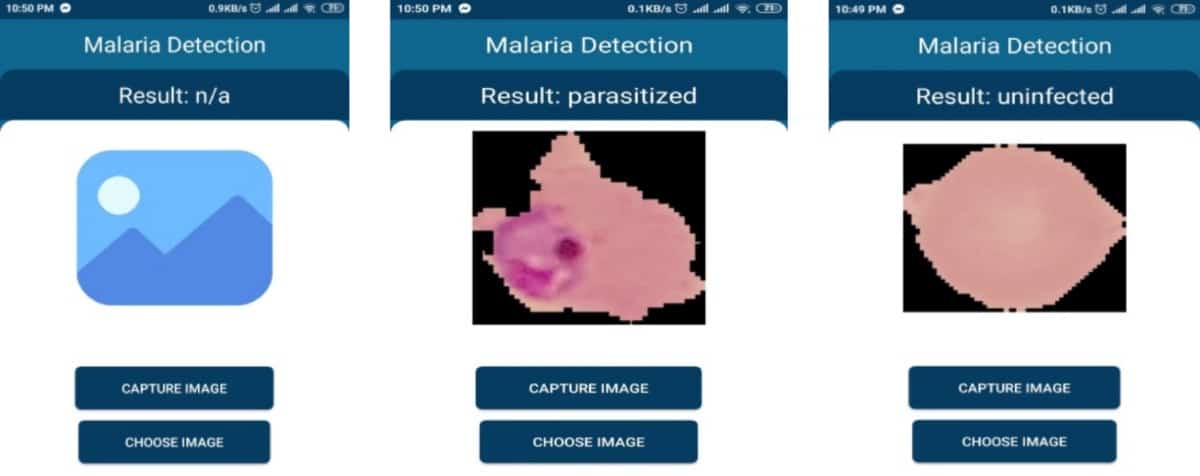

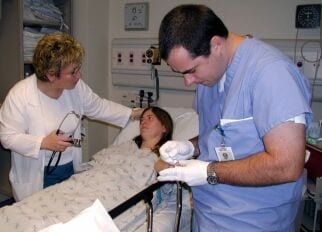

/how-malaria-is-diagnosed-4160747_final-5e591e88d96444279cb230385011adb9.jpg)



